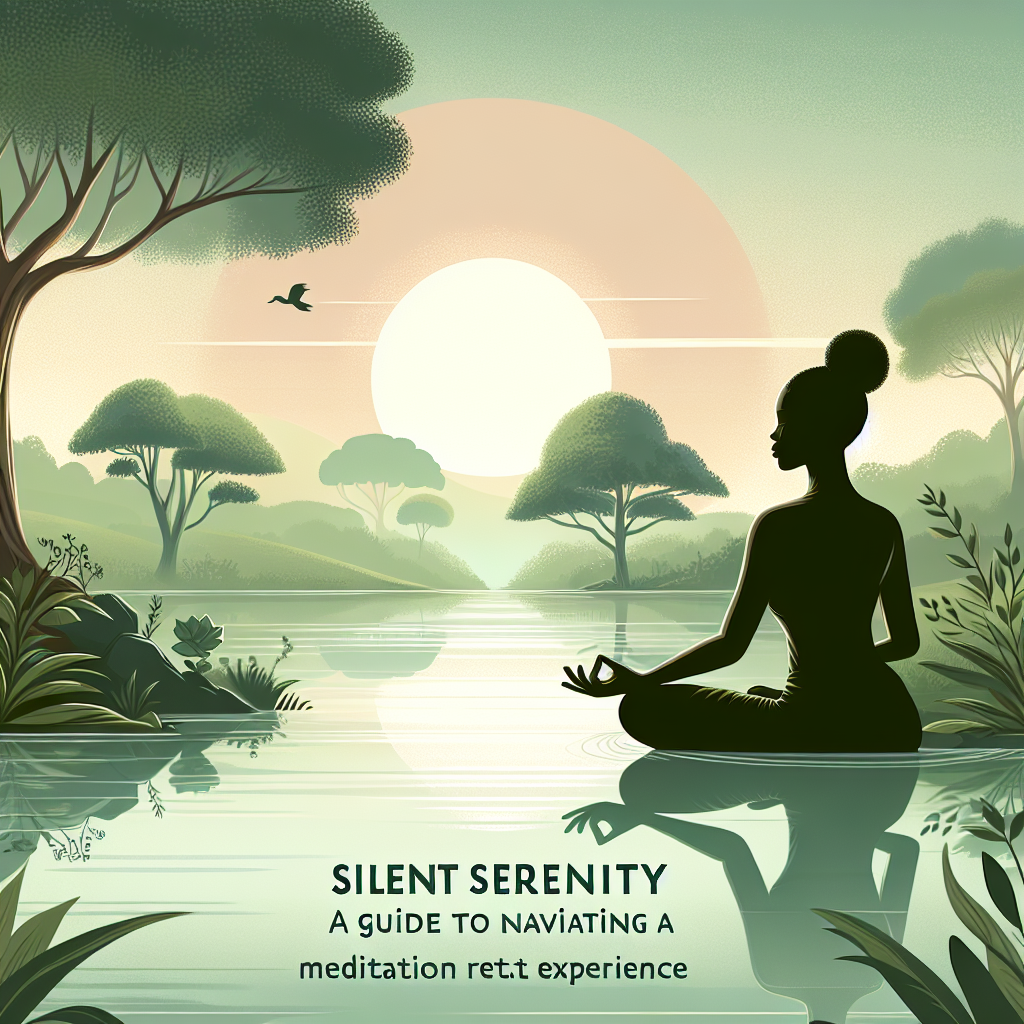Walking meditation is a form of mindfulness practice that combines the physical activity of walking with the mental focus and presence of meditation. This powerful practice has been used for centuries in various religious and spiritual traditions, and is now gaining popularity as a modern tool for reducing stress and increasing overall well-being.
There are numerous benefits to incorporating walking meditation into your daily routine. Not only does it provide the physical health benefits of regular walking, such as improved cardiovascular fitness and weight management, but it also offers unique mental and emotional benefits that can help to reduce anxiety, improve focus and concentration, and enhance overall emotional well-being.
One of the key benefits of walking meditation is its ability to bring your attention into the present moment. By focusing on the physical sensations of walking – the feeling of your feet touching the ground, the movement of your body, the sounds of nature around you – you are able to let go of distracting thoughts and worries and fully immerse yourself in the here and now. This can be incredibly grounding and calming, helping to reduce stress and anxiety and increase feelings of peace and contentment.
Walking meditation can also help to improve your overall mindfulness and awareness. By practicing mindfulness while walking, you are training your mind to be more present and attentive in all areas of your life. This can lead to greater clarity of thought, improved decision-making skills, and a deeper connection with yourself and the world around you.
In addition, walking meditation can be a powerful tool for managing difficult emotions and challenging situations. By bringing your attention to the physical sensations of walking, you are able to create a sense of distance between yourself and your emotions, allowing you to observe them without becoming overwhelmed by them. This can help you to develop a greater sense of resilience and inner peace in the face of stress and adversity.
To practice walking meditation, simply find a quiet and safe place to walk, such as a park or a nature trail. Begin by walking at a slow and steady pace, paying close attention to the physical sensations of walking – the feeling of your feet touching the ground, the movement of your body, the breath entering and leaving your body. As you walk, try to let go of any distracting thoughts or worries and simply be present in the moment.
You can also incorporate other mindfulness techniques into your walking meditation practice, such as focusing on your breathing or using a mantra or affirmation to help guide your attention. Experiment with different techniques to find what works best for you and helps you to deepen your practice.
FAQs:
Q: How long should I practice walking meditation for?
A: There is no set amount of time that you need to practice walking meditation for – it is up to you to determine what feels right for you. Some people find that even just a few minutes of walking meditation can have a powerful impact on their mental and emotional well-being, while others prefer to walk for longer periods of time. Experiment with different lengths of time to see what works best for you.
Q: Can I practice walking meditation indoors?
A: While walking meditation is traditionally practiced outdoors in nature, it is possible to practice it indoors as well. You can walk in a quiet and safe indoor space, such as a hallway or a room with enough space to walk back and forth. The key is to create a peaceful and distraction-free environment that allows you to focus on the present moment.
Q: How can I stay focused during walking meditation?
A: Staying focused during walking meditation can be challenging, especially when you first start practicing. One helpful technique is to use a mantra or affirmation to help guide your attention and bring your focus back to the present moment whenever it wanders. You can also try counting your steps or focusing on your breathing to help anchor your awareness. With practice, you will find it easier to stay present and attentive during your walks.




Leave A Comment